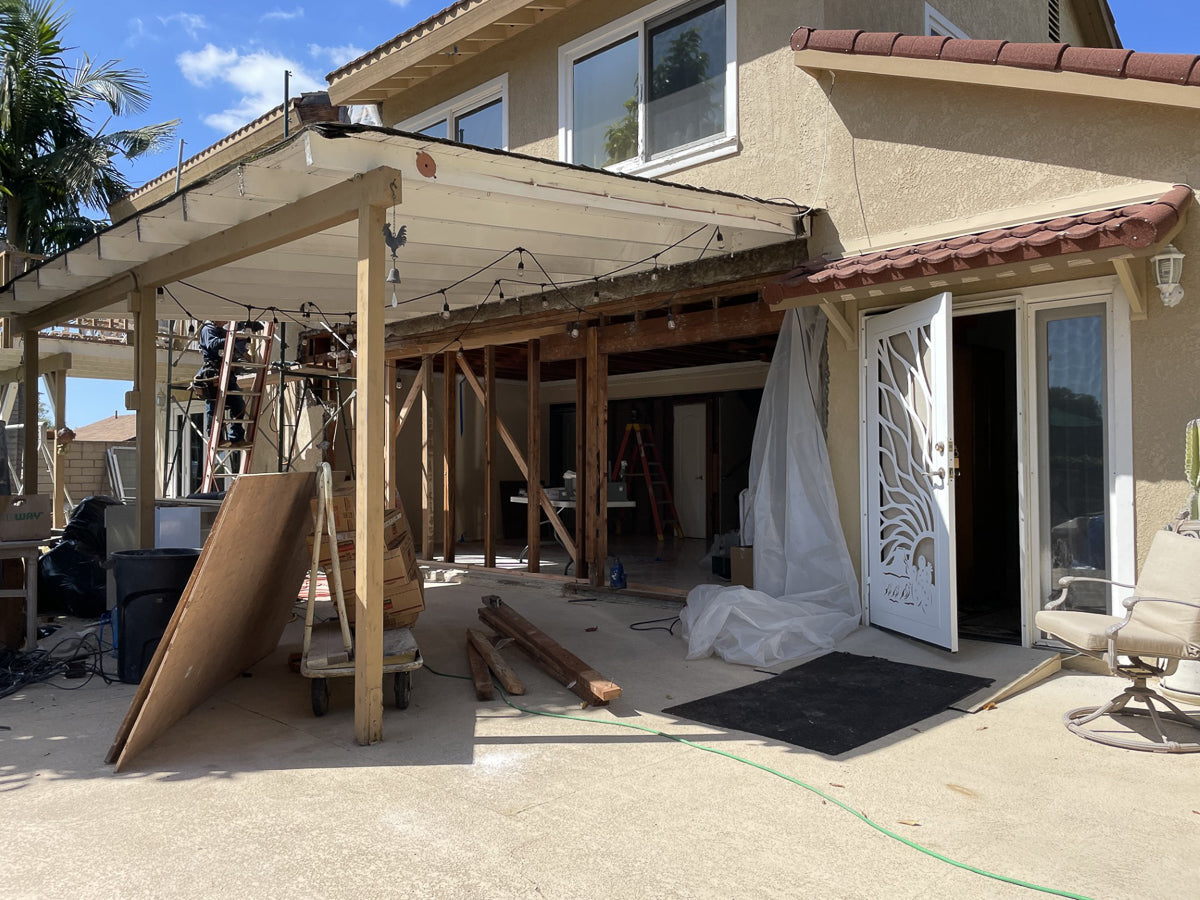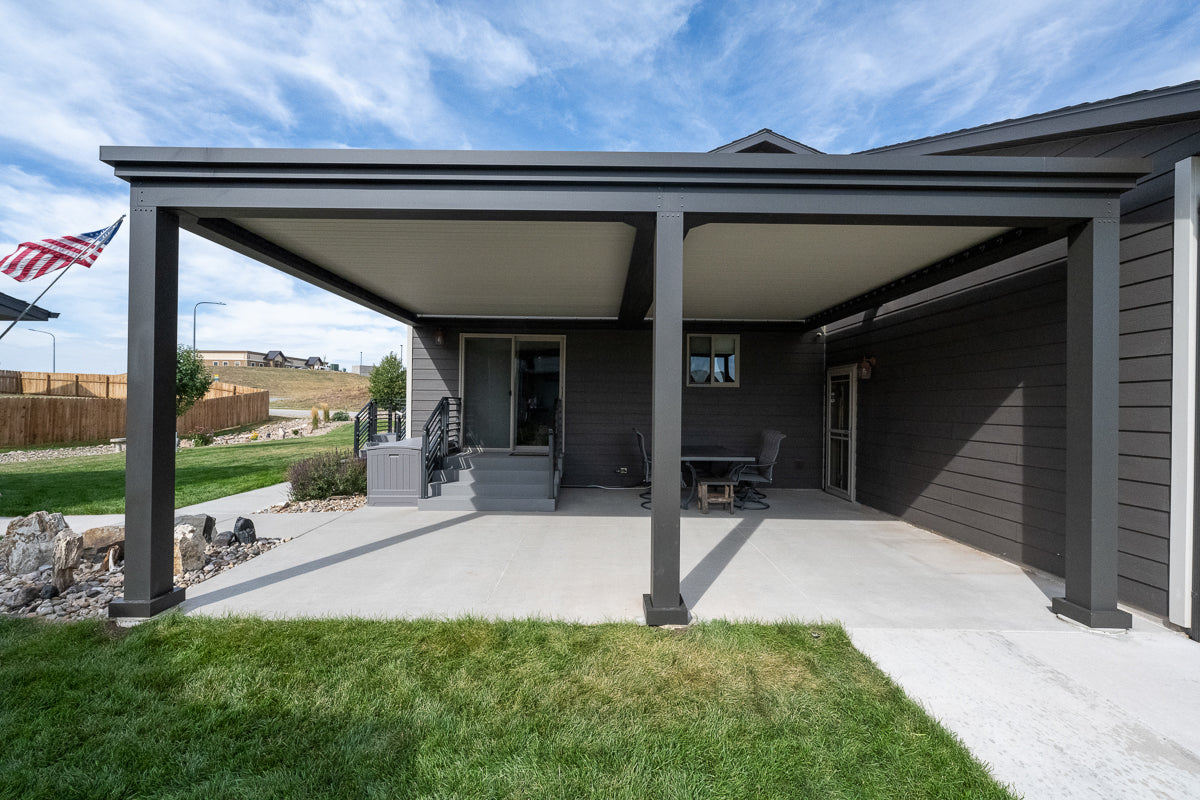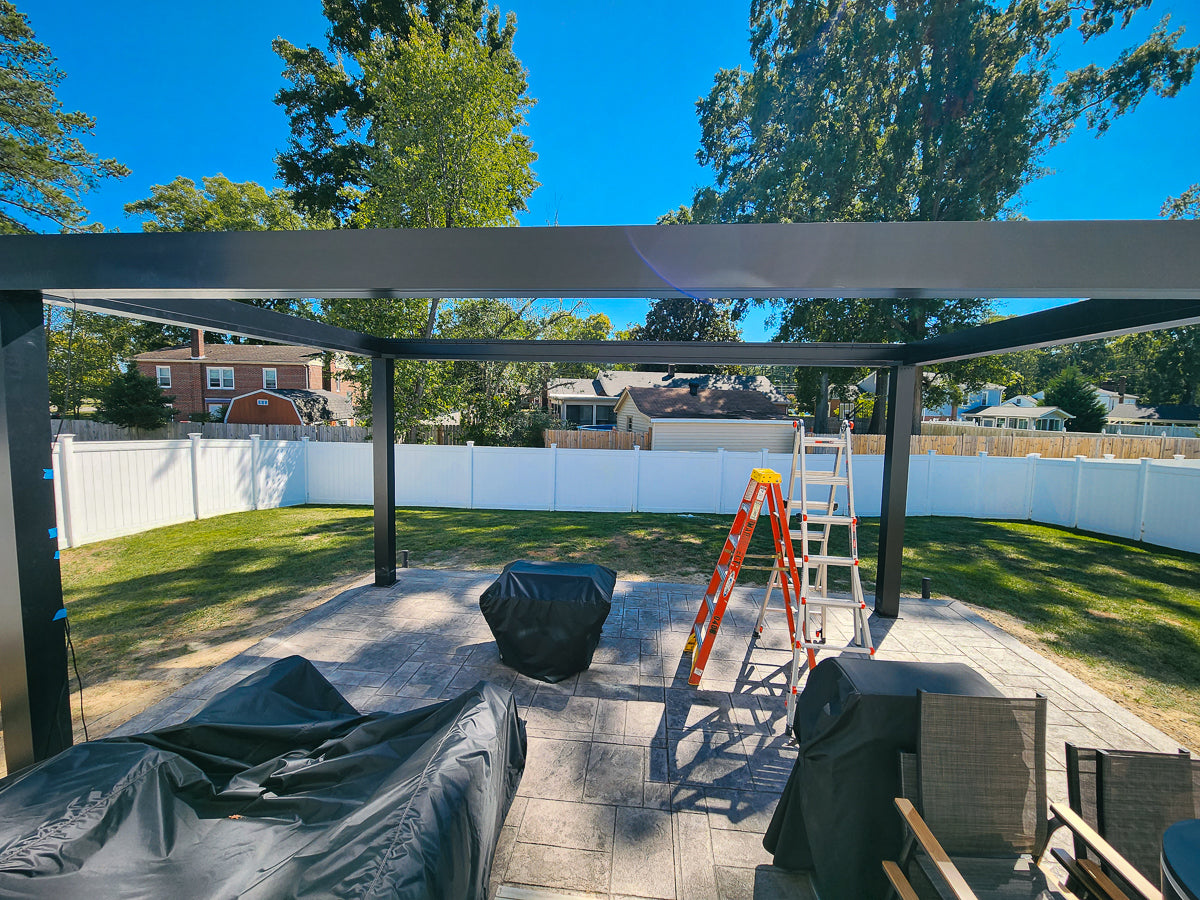Concrete Pads vs Concrete Footers: Which Foundation is Right for You?
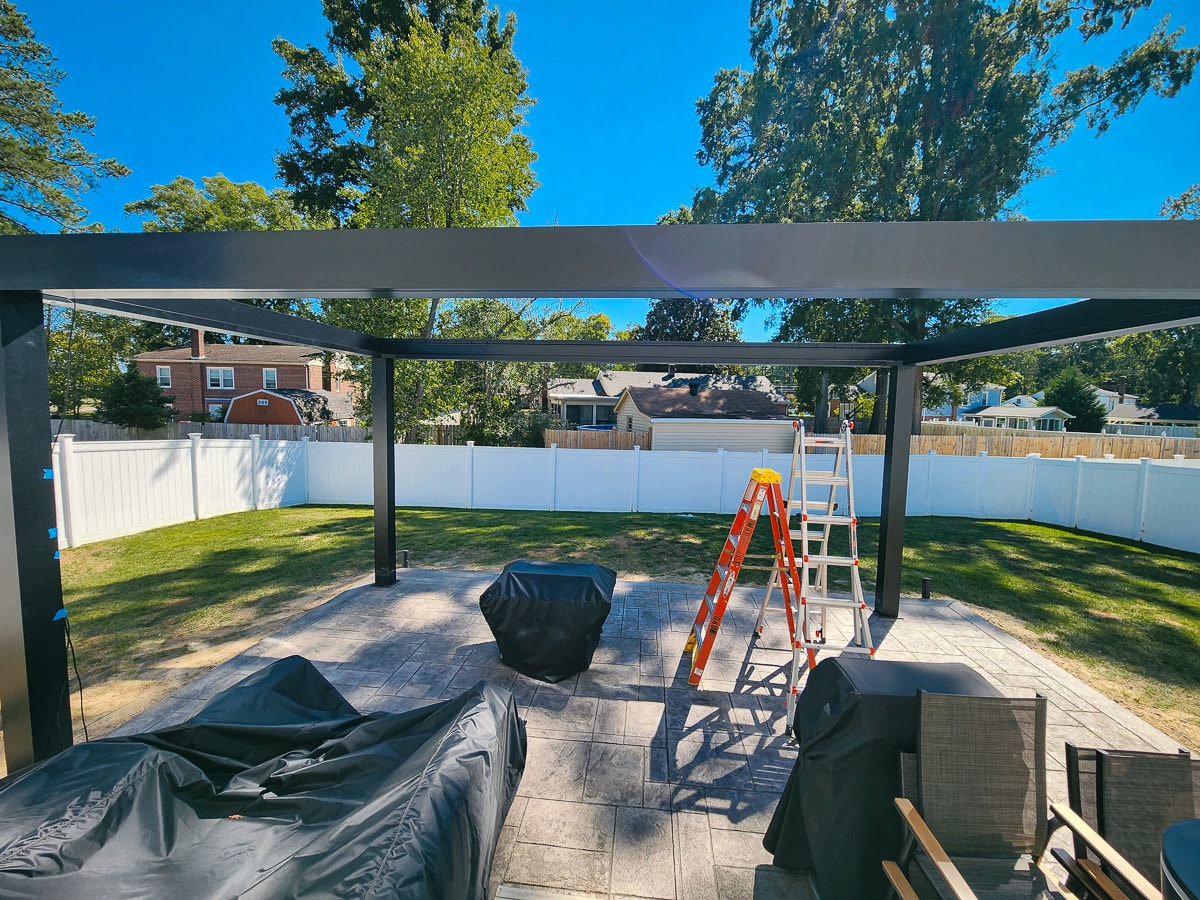
Understanding Concrete Foundations
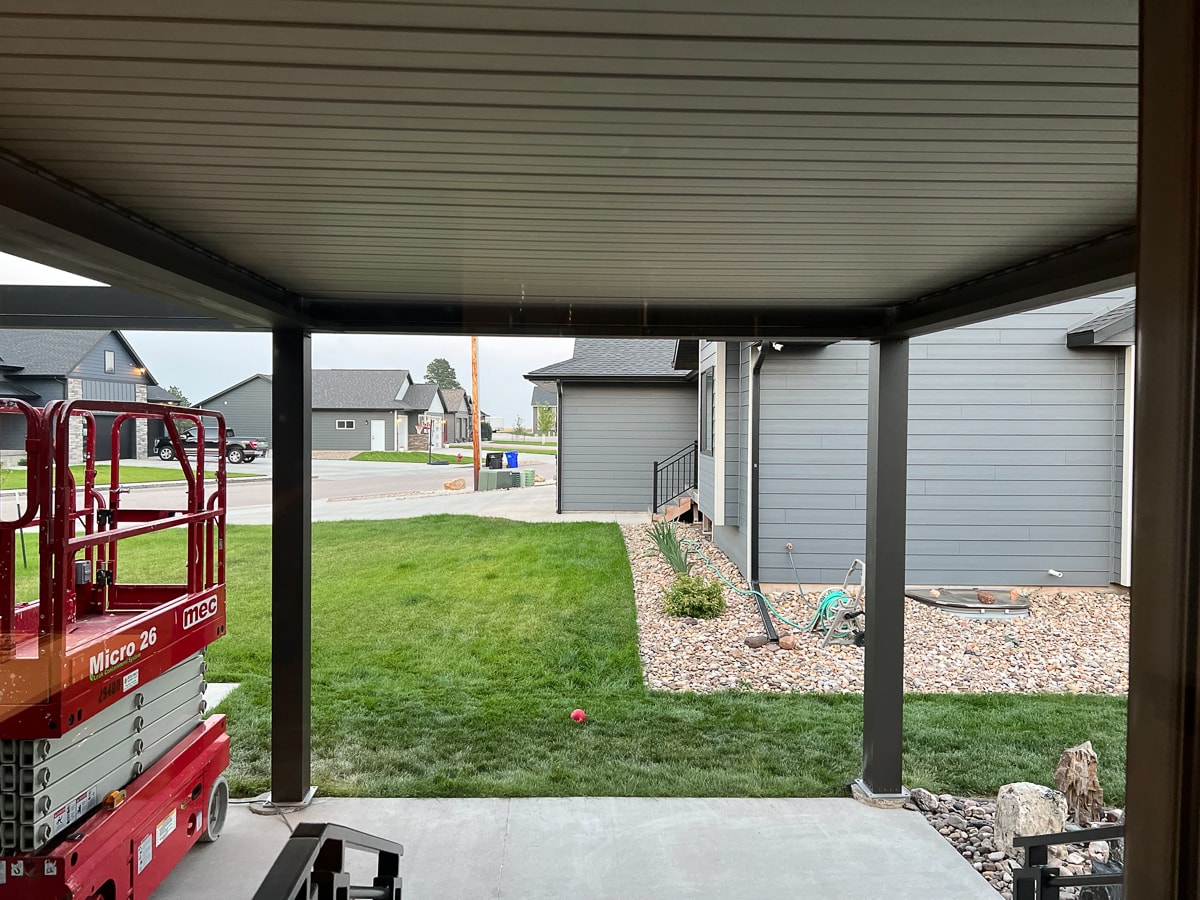
Table of Contents
A concrete foundation is a vital aspect of the integrity of a building, by providing a solid base for a structure you are ensuring the stability and longevity of said structure. Concrete foundations are often broken into two categories. Pads and Footers. You should certainly understand the difference between these two categories of foundations when considering your next project!
Types of Concrete Foundations
Concrete Slab
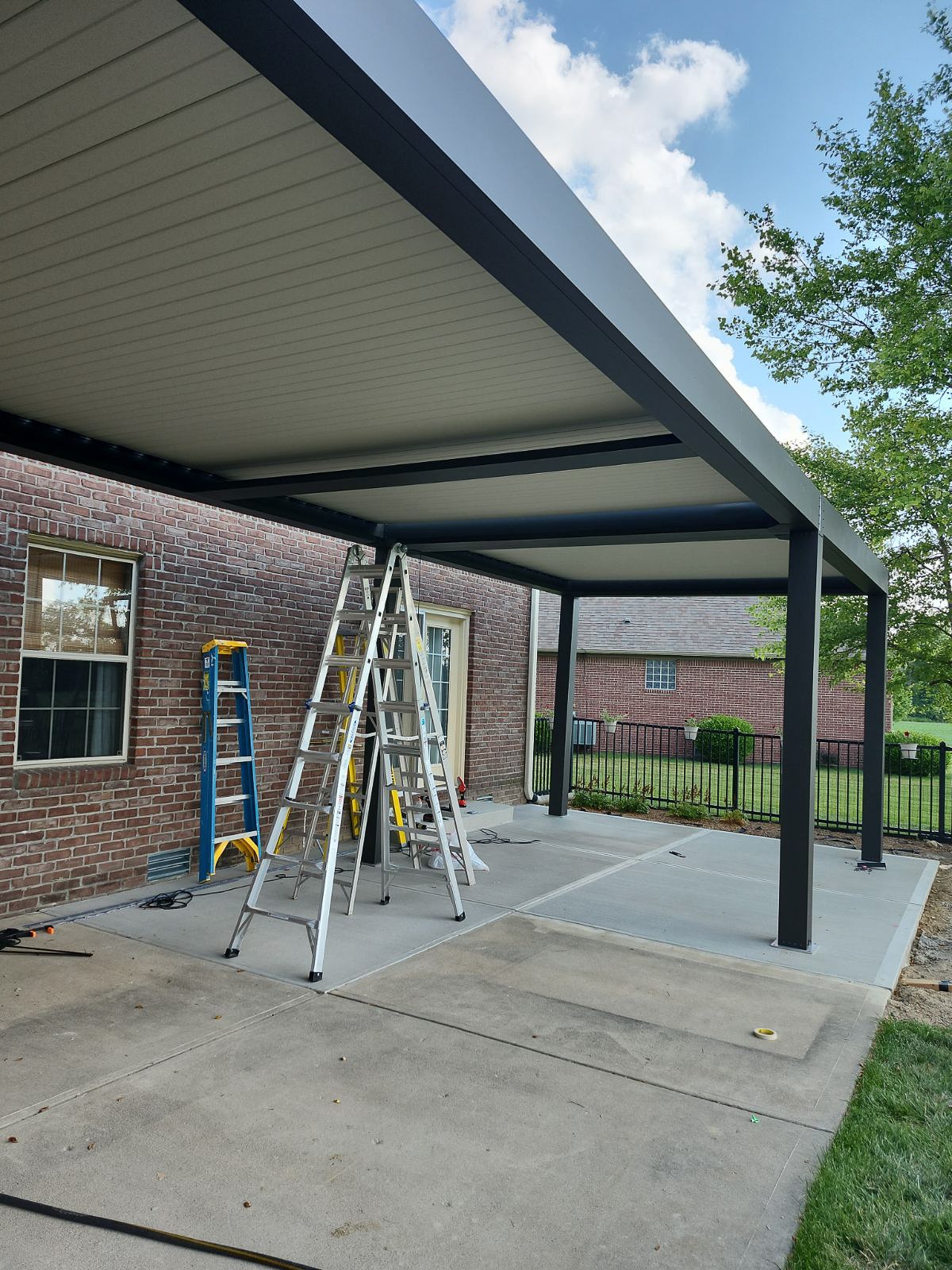
A "slab" of concrete often would be similar to your patio or pad in the back of your home. A concrete slab is a thick layer of concrete that can be in various thicknesses depending on the purpose or location. Concrete slabs can be used as foundational bases for homes as well. Slabs are common for back patios which people can install pergolas and gazebos on. A concrete slab is a great way to easily be able to install a pergola that requires you to fasten the posts to the foundation.
Concrete Footing
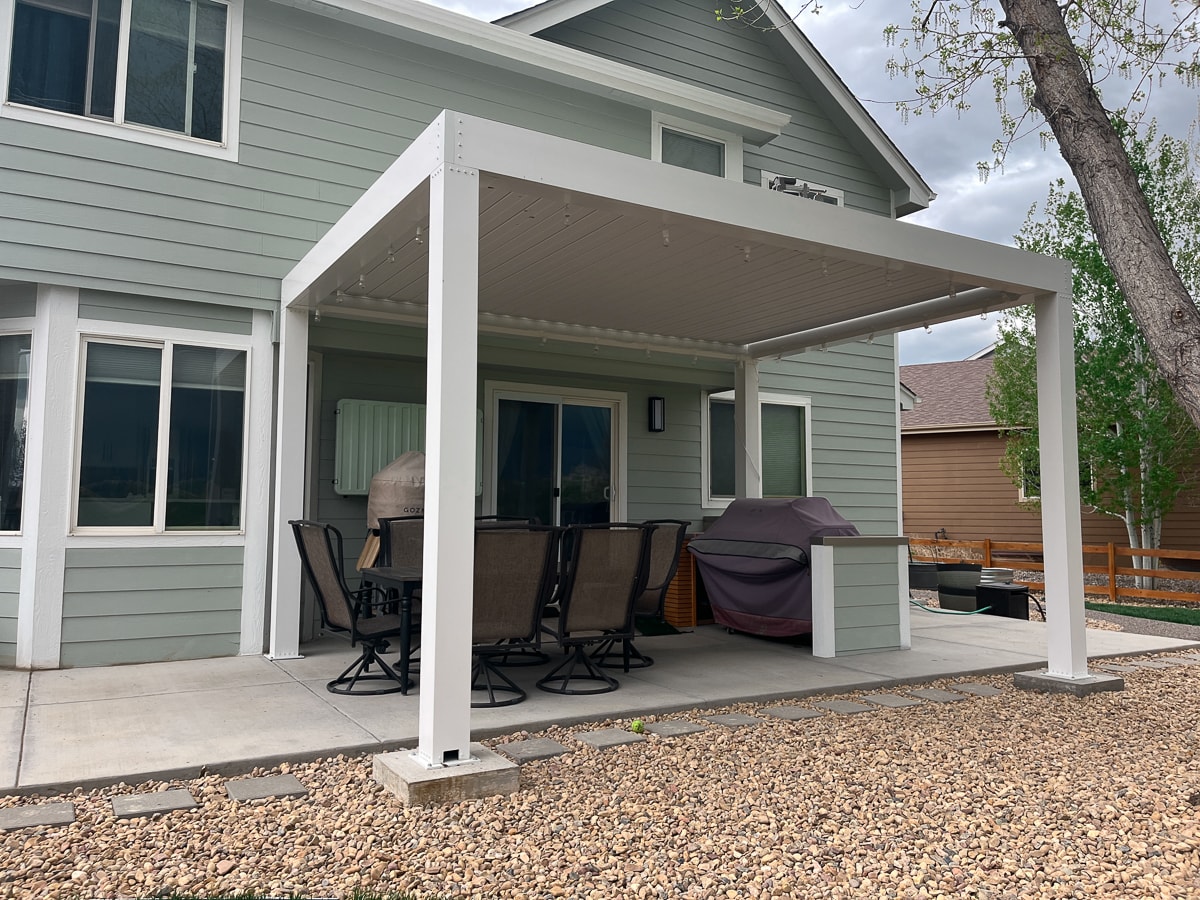
A concrete footing is similar to a slab but if you would compress that concrete into a cube or tube of concrete. Typically a "footer" is poured below ground grade to support larger structures or allow for higher wind load resistance for certain structures.
Concrete footings are typically used in projects to provide a solid base for the project being installed above ground. Footings are usually made with concrete. When you consider the strength and weight of each footer, when attaching 4 posts to footers, I'm sure you can imagine the durability of this design.
Choosing the Right Foundation for Your Project
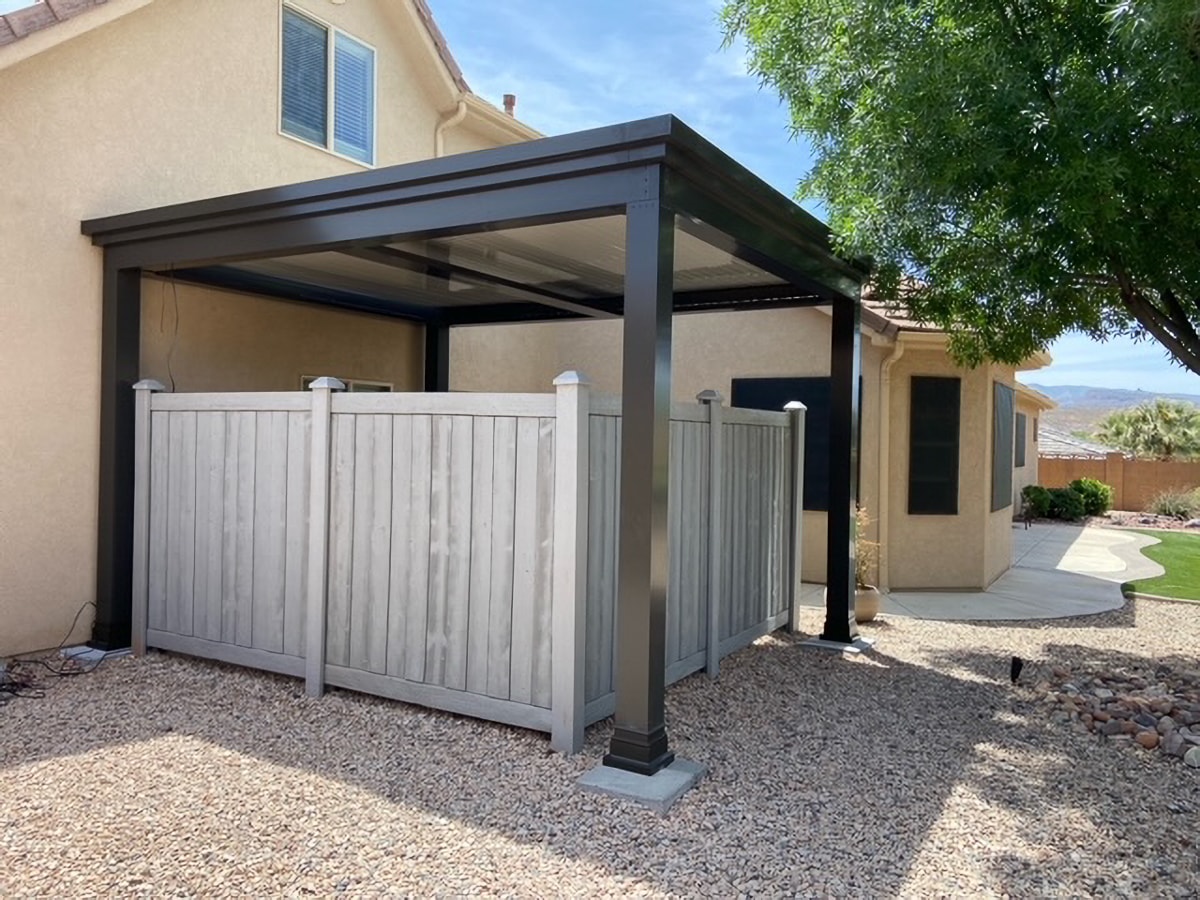
When the time comes and you are deciding between these two types of concrete supports for your area there are a few things to consider when choosing between a concrete pad and a concrete footer.
Consider the type of building or structure you are constructing. With The Luxury Pergola, you would more than likely be installing several posts directly to the ground. Let us assume 4 for this exercise.
If you have a pad already, and don't live in an incredibly windy area, maybe you aren't interested in achieving 160+ mph of wind load resistance. So long as you have a proper imbedment with your anchors and have a thicker pad of more than 4" you could consider this to be a stable strong connection! Remember to always refer to local professionals for building codes as this varies from state to state.
If you are working with a clean slate, and plan to dig up the ground to make concrete pads/footers you are in a perfect position to pour the proper size footer from the start and we recommend requesting what the footer should be for your size pergola and location at the start!
Even if you already have a pad, ensuring the perfect-sized footer is still possible! Simply cut out the area that would hold the footing and fill in the proper volume of concrete. Concrete pads are suitable for shallow foundations, while concrete footers are better suited for deeper foundations.
Installation and Construction
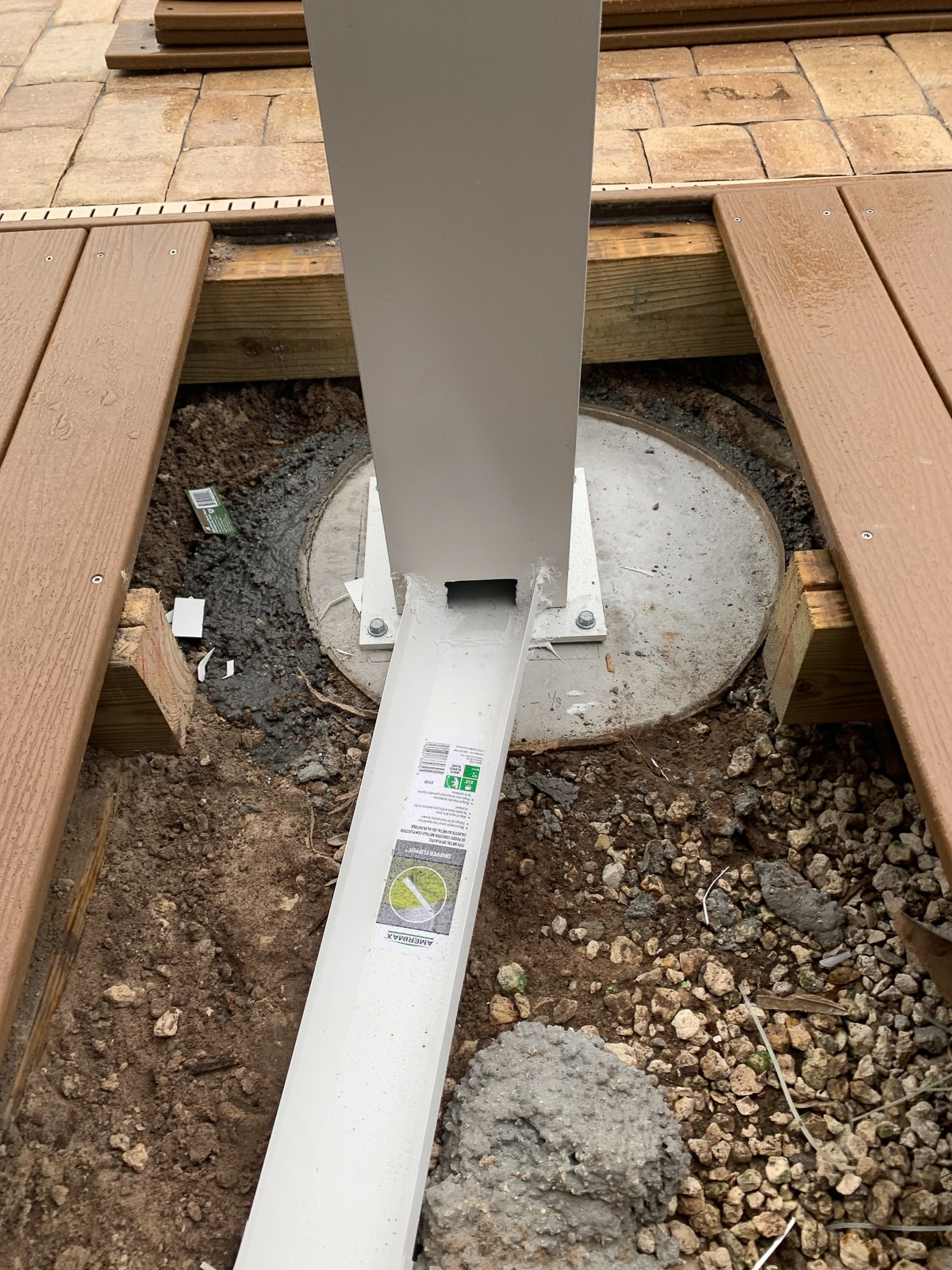
Concrete footings should be poured below the frost line to prevent issues later down the road with the project Always remember to refer to local professionals for local building code requirements. When considering a footer, ensure you have plenty of distance from the edge of the concrete footer and where there concrete fasteners will be installed. If you drill into concrete too close to an edge you could have cracking or chunks break off due to stress, weather, or various other reasons.
Maintenance and Repair
Regular maintenance is essential to extend the life of your concrete foundation. Inspect your foundation regularly for signs of damage or deterioration. Repair any cracks or damage promptly to prevent further damage.
Cost and Budget Considerations
Concrete footings are generally more expensive than concrete pads. This is for several reasons. When considering the volume of concrete and the work needed to be done. With pads, there may not be much digging required.
However, concrete footings for instance can require a 3-foot or deeper hole to be dug to break below the frost line or to allow the necessary volume of concrete needed. While a footer may be more expensive it also will provide a more solid base for the foundation and can last longer. Consider the long-term costs and benefits of each foundation type.
Conclusion
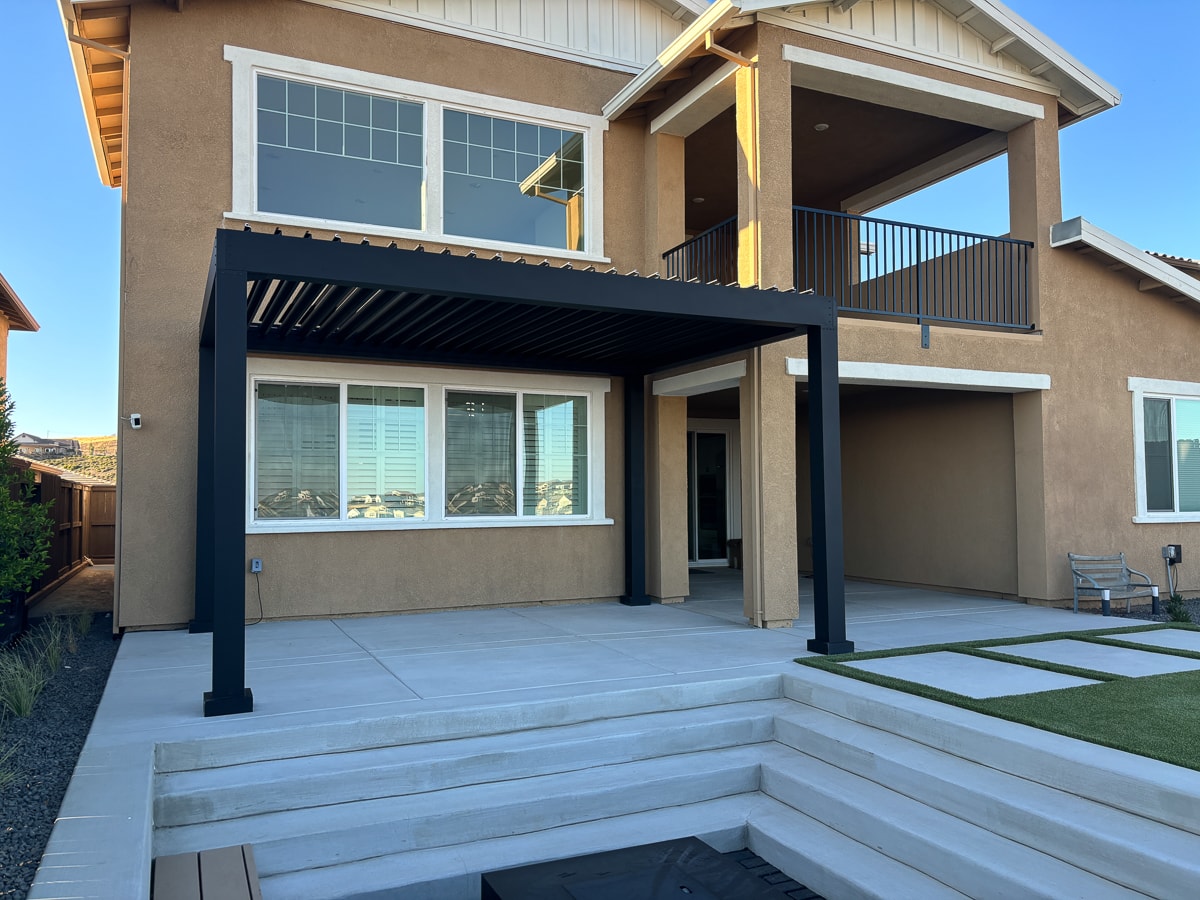
Choosing the right foundation (concrete slab or concrete footing) for your project is one of the more important decisions. Think ahead of the project pergola installation and think if there is anything you wish to bring to the space later. This may change your desired concrete method.
Consider the size of the structure you will be installing in the space. Site conditions and budget are both also highly important pieces to think about. If you are unsure, which to choose between concrete footers or a concrete slab, consult with a professional contractor or engineer to determine the best foundation solution for your project.



